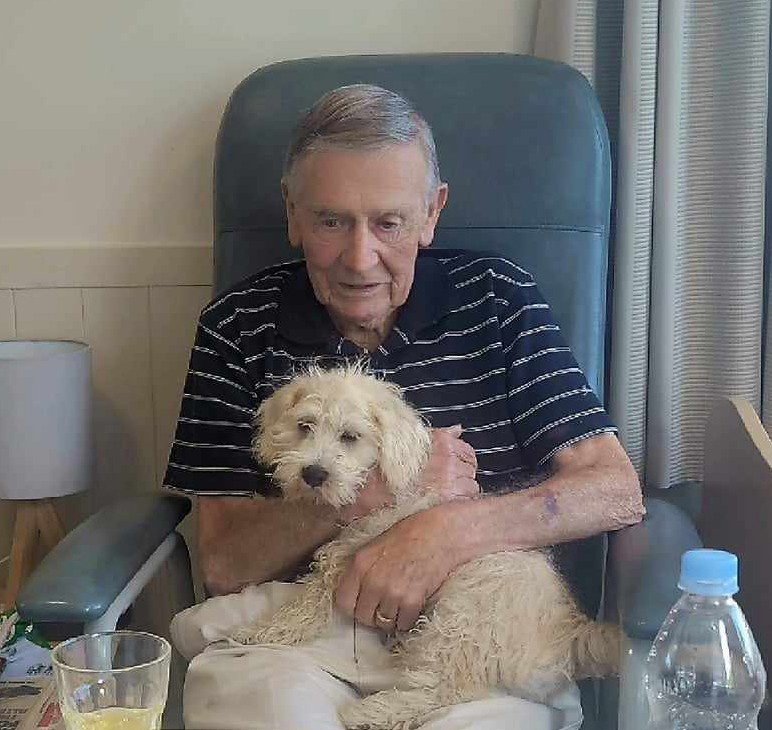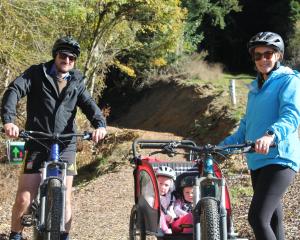
An internal investigation report by Health New Zealand Te Whatu Ora (HNZ) into Edward Neil Harraway’s death last year found he was not offered treatment for his worsening aneurysm due to a lack of surveillance following an earlier operation.
A business case for electronic appointment requests was among the recommendations made in the report, completed last week.
Mr Harraway’s stepdaughter Barbara Mowat said although he was 88, he could have lived longer if correct procedures had been followed.
His high-risk condition had gone undetected due to health system errors, including incomplete paperwork and a referral to the wrong department.
"The tragedy was no-one seemed to take Neil's back pain, which was debilitating at times, seriously and he suffered a lot.
"The pain was caused by the stent — if it had been properly monitored it could have possibly been avoided.
"I feel very sad about that."
Older people putting complete trust in their doctors and rarely questioning them was also an issue, she said.
She hoped to raise awareness about the situation so the hospital systems, especially around communication, could be improved.
The report had a Severity Assessment Code rating of two, or "major", indicating harm causing a major loss of function or requiring significant intervention.
It described several ways in which Mr Harraway had been failed by the hospital system.
In June 2019 he underwent an Endovascular Aneurysm Repair (Evar) operation for his abdominal aortic aneurysm.
Standard follow-up steps included a CT scan, ultrasound and abdominal X-ray within four weeks, followed by clinic review at six weeks.
However, Mr Harraway’s discharge summary was not finalised and not received by his GP.
"There was no documentation on the discharge summary of the need for follow-up at an outpatient clinic, so the appointment was never requested or made."
The Evar discharge checklist requiring an outpatient appointment to be made was also not completed.
The draft summary documenting the required scans was to the radiology department, and a CT scan and abdominal X-ray were carried out.
However, the ultrasound request should have been sent to the vascular department, not radiology, and was not passed on.
Reviews in the following four years did not trigger a follow-up referral.
An abdominal ultrasound was carried out in 2020 for an unrelated issue but did not mention his aneurysm.
Mr Harraway was admitted to the emergency department on September 27 last year due to symptoms including abdominal pain.
"An abdominal CT was ordered and showed that there was a large volume of retroperitoneal haemorrhage secondary to aortic aneurysm rupture.
"The aortic aneurysmal sac measured 7.3cm, an increase from the preoperative measurements of 6.6cm."
Early detection of aneurysm growth did not equal an easy fix, and patients could decide whether to intervene or to accept the risk of rupture, the report said.
"This opportunity was not offered to Mr Harraway due to the lack of surveillance."
Doctors explained to his family the rupture was not operative.
Mr Harraway was transferred back to his rest-home for palliative care and died on September 29.
The report concluded with several recommendations.
A business case was recommended for electronic vascular outpatient appointment requests.
Other recommendations included electronic prompts to finish any incomplete discharge summaries, and to confirm outpatient appointments had been organised. Audits of Evar pathways "on an established basis" were also recommended.
HNZ Southern chief medical officer David Gow said yesterday the investigation recommendations were under consideration.
HNZ aimed to provide the highest level of care, he said.
Sometimes this did not happen, and HNZ extended sympathies to the family.












